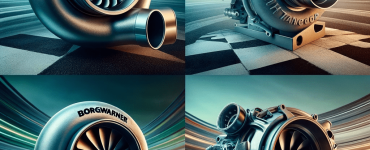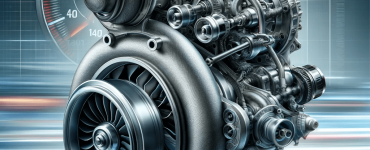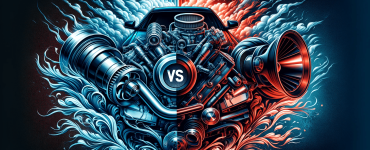Turbocharger vs Supercharger: Maintenance Differences
Key Takeaways TABLE
| Aspect | Turbocharger | Supercharger |
|---|---|---|
| Connection to Engine | Not directly connected, uses exhaust stream | Directly connected via a belt to the engine |
| Power Generation | Less powerful, but more fuel-efficient | More powerful, immediate power boost |
| Maintenance | Complex, needs replacement every 100k-150k miles | Easier, more reliable in the long run |
| Noise Level | Quieter | Louder |
| Impact on Emissions | Fewer carbon emissions, eco-friendlier | More carbon emissions |
| Cost | More expensive to maintain | Cheaper and simpler to repair |
In the world of high-performance vehicles, the debate between turbochargers and superchargers is a heated one. Both systems aim to boost engine power, but they differ significantly in their operation and maintenance requirements. Nashville Performance’s detailed guide on the pros and cons of turbochargers and superchargers offers a deeper insight into their technicalities.
Turbochargers: Efficient but Complex
Turbochargers are known for their efficiency in enhancing engine power. Unlike superchargers, they are not directly connected to the engine. Instead, they harness the energy from the exhaust stream, spinning a turbine that boosts the engine’s intake air density. This indirect method of power generation makes turbochargers more fuel-efficient but also more complex in design.
Maintenance Considerations
The complexity of turbochargers translates into a more challenging maintenance regime. They are sensitive to heat and require proper installation and insulation to operate effectively. On average, a turbocharger may need replacement every 100,000 to 150,000 miles to prevent engine damage. For a comprehensive comparison, see the article on analyzing the installation costs of turbochargers and superchargers.
Superchargers: Power at a Price
Superchargers offer a more straightforward boost to engine power. They are mechanically connected to the engine via a belt, directly forcing compressed air into the engine. This results in an immediate power boost but at the expense of greater fuel consumption and carbon emissions.
The Simplicity of Supercharger Maintenance
In contrast to turbochargers, superchargers are relatively easier to maintain. Their direct connection to the engine and simpler construction make them more reliable and less prone to failure. For enthusiasts looking to enhance their engine’s capabilities, understanding the basics of turbo and supercharger boost is crucial.

Additional Considerations: Heat and Response Time
Both turbochargers and superchargers generate significant heat, often necessitating the use of intercoolers to maintain optimal performance. However, their response times differ markedly. Turbochargers exhibit lag due to the time taken for exhaust pressure to build up, whereas superchargers provide an immediate power boost thanks to their direct engine connection.
Fuel Efficiency: A Balancing Act
The debate between turbochargers and superchargers often boils down to fuel efficiency. Turbochargers are more efficient as they utilize exhaust flow, while superchargers, being belt-driven, sap some power from the engine.
In conclusion, choosing between a turbocharger and a supercharger depends on various factors, including desired power output, maintenance capabilities, and environmental considerations. For optimal performance, especially in turbocharged engines, it’s important to also focus on the optimization of exhaust systems.




